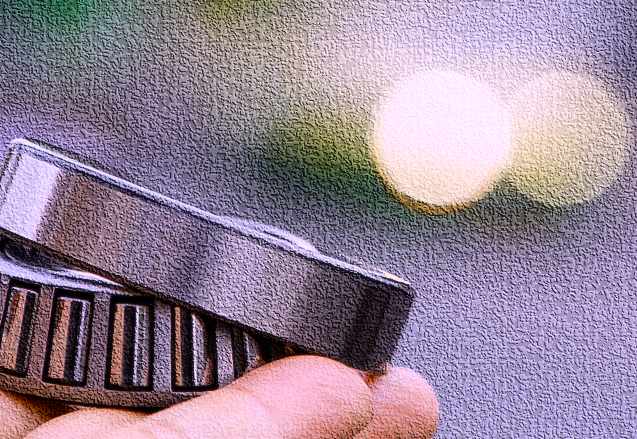History has shown that counterfeit materials have tended to thrive whenever there are shortages of commodity materials and goods, accompanied by opportunities to charge exorbitant prices. Increased online marketing has also fueled the growth of counterfeit product distribution and sales over time. Now, though, in this post-COVID-19 era, the global market is confronting supply-chain shortages of just about everything. And the impact of inflation and price increases that are resulting from these shortages are being felt by manufacturers and consumers alike. We have a perfect storm here, one that’s allowing counterfeit supplies and components to creep into the supply chain whenever industrial buyers look for price, availability, and, especially, fast delivery timeframes.
Unfortunately, anti-friction bearings are among the most frequently counterfeited engineered products on the planet. Almost every moving and rotating device uses bearings. From aerospace and railroads to automobiles and tractors; from medical devices to pharmaceutical-manufacturing equipment; from power plants to wind turbines: Bearings are found in all their mechanical-drive components. In many cases those bearings are safety-critical, where a failure could cause catastrophic accidents, environmental damage, serious injuries, or death. Tell-tale signs of fake products are rapidly escalating vibration patterns or very premature failures of properly installed and maintained bearings. As reliability leaders, though, we need to spot counterfeits BEFORE they’re installed, or, better yet, BEFORE they’re received in our plants and facilities.
Globally, anti-friction bearings represent a $40 billion market. Bearings include a variety of materials and precision manufactured parts, selected alloying elements and heat treating, precision machining and finishing, and precision assembly and inspection. But counterfeit bearing manufacturers have found ways to cheapen the materials, eliminate heat treating, shortcut machining processes, and assemble bearings that don’t reflect the real OEMs’ precision tolerances. To the counterfeiters, packaging is key. Their fake packaging looks as real as the OEM packaging. In some cases, the bogus bearings and boxes look more real than the real ones.
As I’ve written in the past, the rapid growth of counterfeits led to the establishment of the World Bearing Association (WBA) in 2006. The WBA works with bearing manufacturers, distributors, and end-users to help stop the production and sale of fake bearings worldwide (www.Stopfakebearings.com).
According to the WBA, counterfeit bearings can be hard to spot: “Sometimes, they are badly refurbished originals no longer meeting quality standards, sometimes they are just fake. Tons of low-quality bearings are labeled with false name brand markings to justify a higher price. They look like, and are marketed as, genuine, premium-brand products. They won’t be scratched, rusty or dirty. They won’t necessarily even be cheaper.”
OEM counterfeit measures used by bearing OEMs include authenticating holographic security stickers, data matrix/QR codes, barcodes on individual packages to verify authenticity. Precision laser etching on the bearing races also include alphanumeric as well as data matrix marking.
The WBA advises those who suspect counterfeit bearings to “communicate first to the premium-brand manufacturer and the authorities before you contact your distributor or supplier. Sharing suspicions with them may lead to destruction of evidence and hiding of information, putting investigations at risk.”
RAM professionals should also remember that bearing-authenticating apps are available for their smartphones. Check for counterfeits with the free WBA app (WBA Bearing Authenticator); the SKF app (SKF Authenticate); the NSK app (NSK Verify); and the Schaeffler app (OriginCheck). Others may also be available. Check with your certified bearing suppliers.
The point is not to be misled by bearing deals that seem too good to be true in difficult supply-chain-related procurement situations. They are too good to be true. For real.TRR
ABOUT THE AUTHOR
Bob Williamson is a long-time contributor to the people-side of the world-class-maintenance and manufacturing body of knowledge across dozens of industry types. His background in maintenance, machine and tool design, and teaching has positioned his work with over 500 companies and plants, facilities, and equipment-oriented organizations. Contact him directly at 512-800-6031 or bwilliamson@theramreview.com.
Tags: reliability, availability, maintenance, RAM, asset management, bearings, counterfeiting, World Bearing Association



